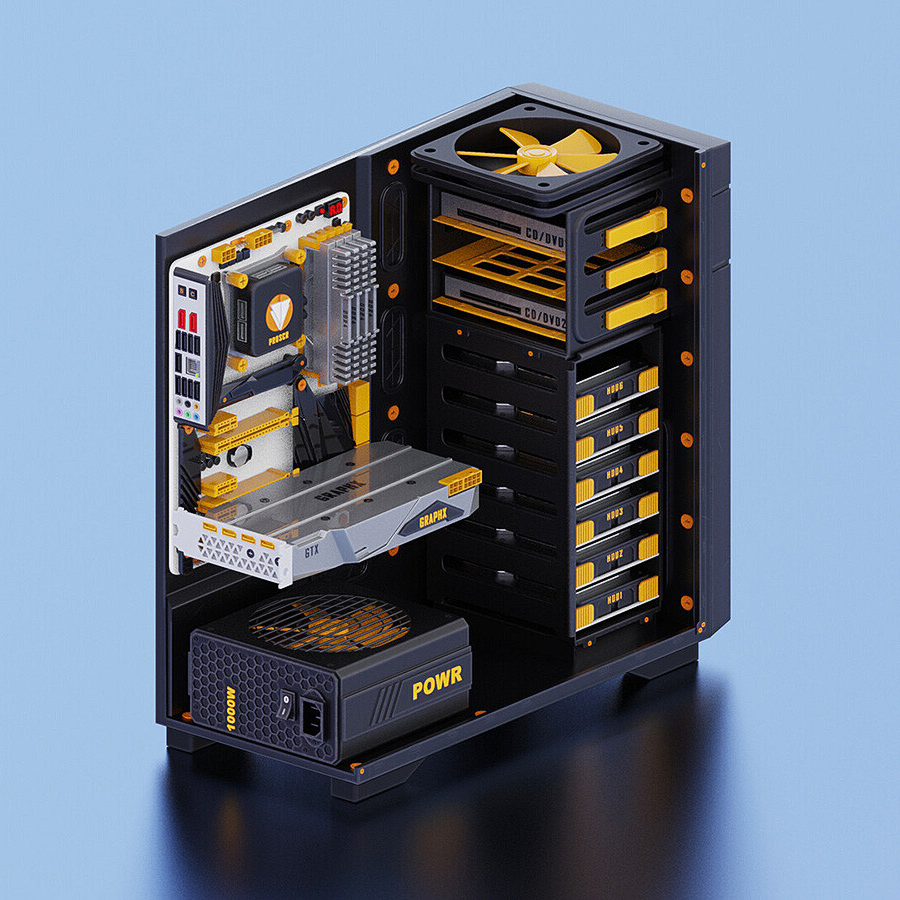I have a similar build for similar reasons. It works great, though I use Windows, so no driver issues (VR introduces too much jank with Linux). Notes below.
CUDA is essential. Definitely the right call paying the Nvidia tax.
My Gigabyte 4090 works for LLM stuff without a second card, and has no coil whine I can hear. I use Alpaca 4-bit entirely in VRAM, and SDXL runs like a dream. I only have 48GB of RAM total, but VRAM is pretty much always the limiting factor (if I understand correctly, it works best when you have at least enough spare RAM as you have VRAM when you’re loading the model, but after that the computation is on the GPU if you have a 4090. Moving layers to the CPU/RAM drops performance fast). I have an A4000 in another machine that I was planning to add with a riser cable, and I just haven’t bothered because I didn’t end up needing it.
Leaving the upgrade path open is a solid choice. The space is so volatile that it’s impossible to predict what the requirements will be like in six months. They could even go down like they did when 4-bit happened.
I use an external DAC, so can’t speak to the whine there. They’re not that expensive though.












If you haven’t played Inscryption, just ignore everything else and do that first. It’s the most innovative deckbuilding game I’ve played, but saying more would spoil it.
Ascension is a short-ish one I’ve sunk a lot of hours into. It’s sort of like dominion meets Magic. The expansions make it a lot more interesting, but the full package is pretty cheap. It was designed by an MTG pro player who was sick of exactly that.
Black book is excellent, and managers to put a compelling narrative spin on a TCG.
Monster train is a good “it’s like slay the spire, but not slay the spire” option for when you just can’t look at another shiv.